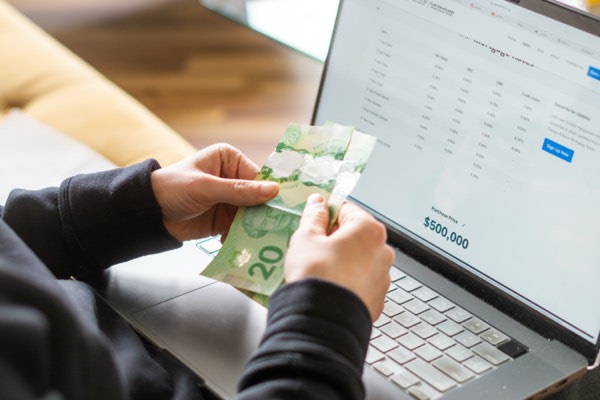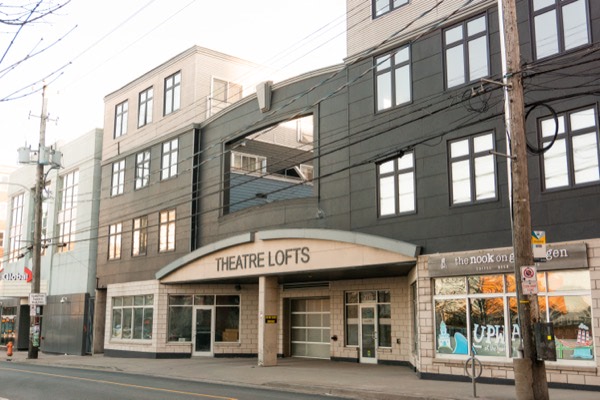You have secured your mortgage approval, but is it what you can truly afford? Here’s what you need to know.

Using your RRSP as a first-time home buyer
Saving money for a down payment can seem like a daunting task. Housing prices in Halifax have continued to slowly rise over the years, which means that home buyers are required to save more and more money for a down payment. Borrowing funds for a down payment may feel like the only way for some home buyers to achieve their dream of home ownership. Veteran home buyers have the option to borrow against the equity on a current property to help fund a down payment on a new home. But, for first-time home buyers saving money for a down payment can seem especially tough since they don’t have the option to borrow against a current property’s equity. Through the Canadian Home Buyers’ Plan, first-time home buyers can find some relief in funding for a down payment on a home.
What is the RRSP Home Buyers’ Plan?
The Home Buyers’ Plan in Canada is a program for first-time home buyers. It allows borrowers to withdraw up to $35,000 from their RRSP, or $70,000 for a couple, to go towards buying or building a qualifying property for themselves or for a relative with a disability. It can help home buyers make a 20 per cent down payment on a home so that they avoid paying premiums on mortgage default insurance. The funds that first-time home buyers borrow from their RRSP for a down payment are tax-free as long as it’s repaid within a 15-year period.
Who’s eligible?
Home buyers must meet a few criteria to be eligible for the Home Buyers’ Plan. Funds that home buyers wish to borrow for their down payment must be in their account for a minimum of 90 days before they can be withdrawn. Moreover, home buyers cannot have owned a property within the last 4 years. If they’re buying a home with a partner that’s not a first-time home buyer, they’re not allowed to live in the house their partner has owned for 4 years. First-time home buyers also must intend to use the property as their primary residence within one year of the purchase. However, borrowers that don’t currently qualify may be able to qualify in the future. For instance, if they haven’t owned a property within the four-year period in the future, they may be eligible to participate then.
Home buyers that do not meet the qualifications but continue to withdraw money from their RRSP will be taxed and must include it in their income tax statement.
How does it work?
For first-time home buyers to participate, there are a few important steps they must complete. First, they must make sure that any funds they’re looking to withdraw have been in their account for a minimum of 90 days before the withdrawal. The must also complete Section 1 of Form T1036 and have their financial institution that holds their RRSP complete Section 2. Then, the financial institution will send a T4RSP form to the borrower confirming how much they’re withdrawing from their RRSP for the Home Buyers’ Plan. Home buyers MUST make sure that they reference this form in their income tax return for the year they withdrew the funds. Two years after the purchase of the property, borrowers will have to start making annual payments back to their RRSP for 15 years until they fully pay it back.
For example, we have a first-time home buyer that borrows $15,000 from their RRSP in 2015. Starting in 2017, they will have to make a minimum payment of $1,000 annually back to their RRSP. If they make a larger payment one year, the annual amount they have to pay back for the remainder of the 15-year period will be lower.
First-time home buyers that are struggling to save up enough money for a down payment, or borrowers that are looking to see how the Home Buyers’ Plan can help them, should stop on in to Clinton Wilkins Mortgage Team. We can help you make saving up for a down payment a little less tough. Feel free to stop by the office or get in touch with us here.


